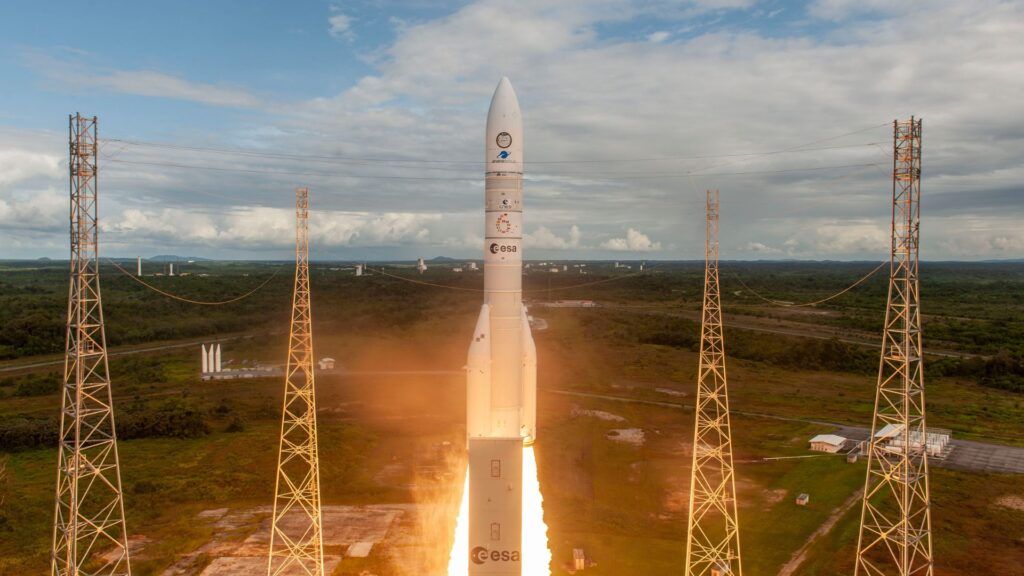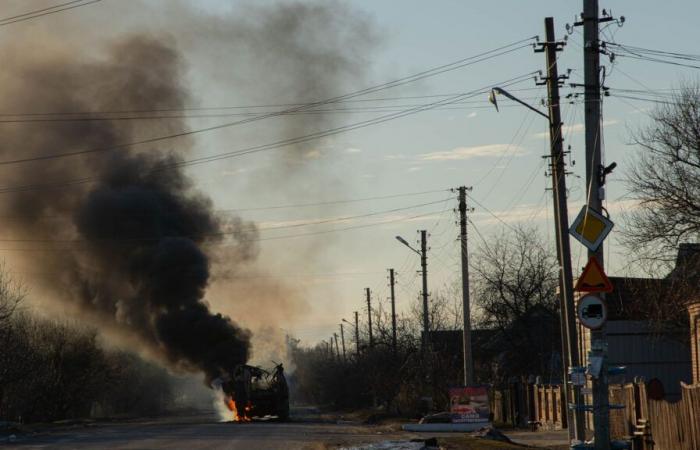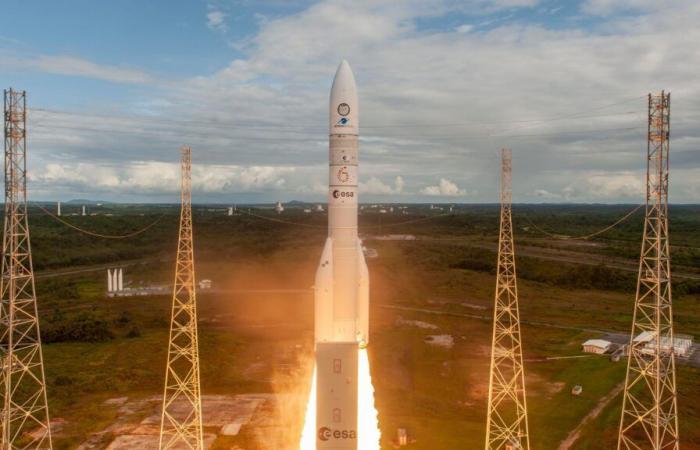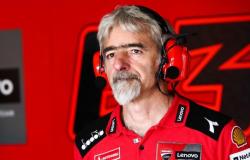After the inaugural flight of Ariane 6, which took place in the summer of 2024, the end of the year should be the opportunity to organize the first commercial flight of the new European rocket. Unfortunately, the schedule slipped, and created a “loser”: the French army, which will have to wait a few more months before seeing the commissioning of a key military satellite.
The first commercial flight of Ariane 6 will therefore not conclude the year 2024. Scheduled for December according to the latest news, the VA-263 mission has been postponed by a few months, ArianeGroup and Arianespace reported these days. Already postponed for four years, the operational career of the new European launcher is therefore further delayed.
The new schedule unveiled on November 8 by ArianeGroup (which builds the rocket) and Arianespace (which operates it) now expects a launch in the first quarter of 2025 — probably from mid-February. However, the exact date has not yet been announced: it will be made public a few weeks before the flight.
Despite this postponement, ArianeGroup and Arianespace assure that this slide will not have an impact on the rest of the year’s calendar. Indeed, there is talk of carrying out around ten Ariane 6 launches in 2025, a good half of which will benefit the Galileo constellation – the EU’s alternative to the American GPS, already in place.
The French army is impatiently awaiting this flight
There will, however, be a “loser”: the French army. Indeed, flight VA-263 must be used to deploy a military satellite dedicated to optical observation into orbit around the Earth. This is the third copy of the CSO (Optical Space Component) range, which offers France renewed means in terms of space imaging.
The armed forces, which would have appreciated rapid access to the performance of CSO-3, will have to deal without it for a few more months. However, they have the possibility of relying on CSO-1, deployed in 2018, at an altitude of 800 km, and CSO-2, operational since 2020, which operates much closer to the ground (480 km). Furthermore, the old Helios generation remains partly active.
For the army, CSO-3 mainly offers the ability to increase the revisit of national space intelligence in a given theater, while CSO-2 mainly aims to identify the situation on the ground more precisely, with “a higher level of resolution , image quality and analysis precision,” explains the French space agency (Cnes).
At a time when conflicts are multiplying almost everywhere (Russia’s invasion of Ukraine, the Nagorno-Karabakh war between Armenia and Azerbaijan, the Israeli-Palestinian conflict, the war in Lebanon, the clash between Israel and ‘Iran…), a third reconnaissance machine does not appear too much to maintain an autonomous and up-to-date assessment.
Unfortunately, the deployment of CSO-3 has regularly been postponed. The machine should have initially left in 2021, then 2022 and finally December 2024 – the website of the National Center for Space Studies still mentions this date. The successive postponements of Ariane 6, linked to various factors, including the coronavirus pandemic, are not unrelated to this situation.
A successful inaugural flight of Ariane 6, with deviations
The press release from ArianeGroup and Arianespace says little about what led to the postponement of the first commercial flight of Ariane 6 – which successfully completed its maiden flight this summer. If the deployment of the satellites was a success, an anomaly was noted in the flight trajectory at the end, as well as a failure in the third restart of the Vinci engine.
This phase aimed to carry out an atmospheric reentry (and, therefore, a deorbit) with the deployment of two dedicated capsules. The fault lies with the upper stage’s auxiliary power unit (APU), a small motor that helps correct trajectory. The press release of November 8 indicates that measures have been taken to resolve everything.


Thus, the differences observed “ are fully understood and are being addressed. Flight software correction required for APU re-ignition and upper stage deorbit has been completed “. In general, Ariane 6 nevertheless had a “ excellent behavior » et « a limited number of deviations from forecasts ».
The optical space component constitutes only one dimension among the range of military satellites. Other families exist and pursue different goals. Ensuring secure telecommunications (with Syracuse IV), capturing electromagnetic signals (like Ceres) or defending satellites (Yoda project).
Due to the strategic sensitivity of these satellites, France is carrying out a military reinforcement around the Guiana space center a few days before. During the inaugural flight of Ariane 6, Rafale fighter planes were deployed, supported by a refueling plane, in addition to the land and sea resources systematically present.











